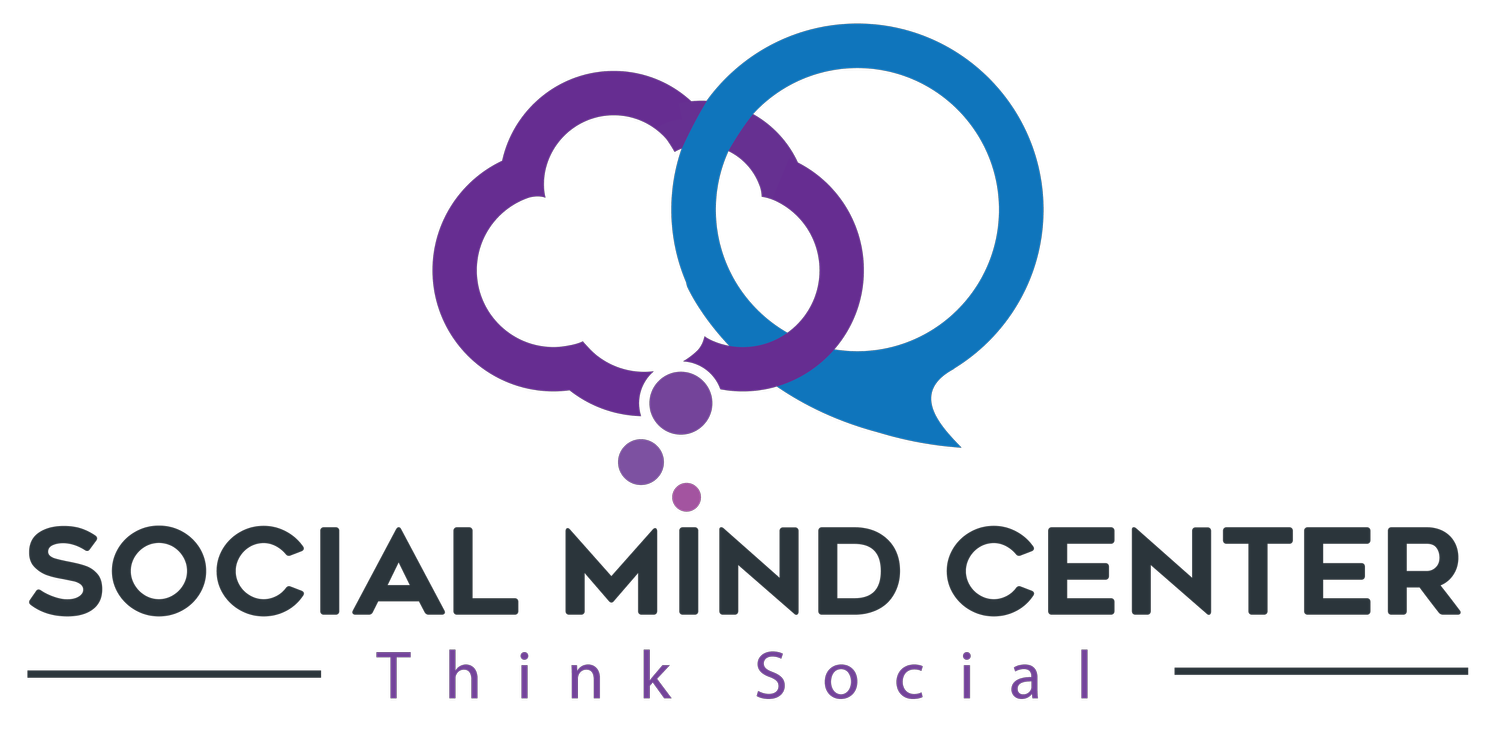COMMUNICATION FIRST~A HUMAN RIGHT!
Communication was our focus when Dr. Sandra and I opened the Social Mind Center. When we created the Social Mind Center concept, we intended to teach communication to autistics. My son Nick was nine years old and had been in speech & language therapy for seven years with Dr. Sandra. Nick had acquired language but still needed substantive instruction in communication. Dr. Sandra and I both felt that autistics needed modeling of social communication in a peer group setting. We both felt that it was more suited to their learning style. Nick did well when shown what to say and do in social situations. Nick also needed to get a preview and prepare for what it felt like to be in a social group. Since communication and socialization are difficult for autistics allowing them to experience social situations with support and guidance will lead to a higher probability of adaptation.
When Nick’s language and communication were not evolving to meet his needs, and the demands in his environment were increasing, we decided to move from his PECS books to an AAC device. This allowed him more access to unlimited words to express his needs, desires, and thoughts. Nick was diagnosed eighteen years ago. At that time, he needed a designated device designed for his needs. Today multiple applications can be uploaded on an iPad or tablet. These applications are a tool to teach language and communication, making communication accessible.
Too often, we see autistics come to us without a communication tool. The expectation is that their communication will evolve as it typically does for everyone else. This is a grave misunderstanding of autism—violating their human right to communicate. There should never be an expectation that they will share as we do. The focus should provide them access to the most effective communication tool as soon as possible so they can actively participate in their life journey.
Autism is a lifelong difference in brain development that affects how a person communicates and interacts with, and experiences the world. It affects each person differently and is often described as a ‘spectrum’ to reflect this. However, autism is not linear and each person has their own strengths and challenges unique to them which vary according to the situation or environment they are in. The definition is from Brick-by-Brick® Programme Foundation Course online.
The core characteristics of ASD include the following symptoms:
affects social communication,
affects language and related cognitive skills, and
affects self-regulation resulting in behavioral and emotional challenges.
These core characteristics are significantly influenced by the developmental level of language acquisition (e.g., pre-symbolic, emerging language, and conversational language)
Autistics cannot become interdependent or independent without intentional instruction in language and communication. For some autistics, independence is hampered by communication difficulties. Autism diagnoses are assigned a level of support required. For autistics requiring very substantial support, they must have communication tools immediately. When my son started using his device, his world expanded tremendously, and so did his independence skills. He had access to more information helping him adapt to different environments more ease The device also allowed him to be understood by all people dealing with him.
The first step in working with autistic individuals is understanding their needs, desires, and thoughts. We listen and observe their manner of communication and help them build their way of communicating. Help them address their needs and find ways to navigate their days more efficiently and with less stress. It is not for us to impose our thinking or practices on them. At the Social Mind Center, our approach to teaching social communication and competency is to share neurotypical perspectives and expectations in varying environments and then help them to find ways to navigate these expectations while addressing their needs.


